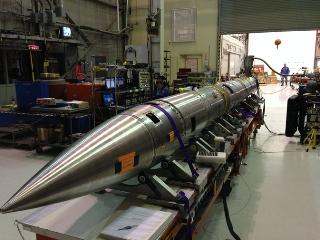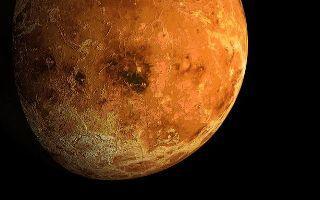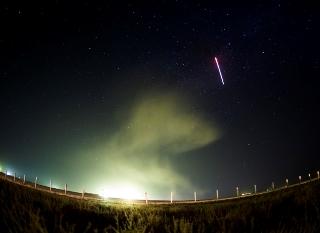
The Colorado High-resolution Echelle Stellar Spectrograph, or CHESS. Photo: NASA/WSMR
WASHINGTON (PTI): NASA has successfully launched a rocket to study the birthplace of stars more comprehensively and in better detail than has been done by a single instrument ever before.
The US space agency launched the Colorado High-resolution Echelle Stellar Spectrograph (CHESS) payload aboard a Black Brant IX suborbital sounding rocket on May 24 from the White Sands Missile Range in New Mexico.
Principal investigator Kevin France at the University of Colorado at Boulder reported that good data was received and the mission was a success.
In deep space, floating between the stars lays an abundance of atoms - carbon, oxygen, hydrogen - that over millions of years will grow into new stars and new planets.
"These atoms are the raw materials, the very building blocks for the next generation of stars and planets," said France.
"We're making detailed measurements of how many atoms have transitioned into molecules, which is the very first step toward star formation," France said.
CHESS is equipped with a spectrograph, which can parse out just how much of any given wavelength of light is present.
CHESS soared above the Earth's atmosphere to look at the ultraviolet light from a bright star - light that is blocked by the atmosphere and can't be seen from the ground.
As this light course towards Earth, it bumps into the interstellar atoms and molecules along the way, each of which can block certain wavelengths of light.
Scientists know which wavelength is blocked by what, so by measuring what light is missing, they can map out the atoms and molecules that are present in space.
The CHESS spectrograph provides such detailed and comprehensive observations that it can measure not only what atoms and molecules are present, but how fast they are moving and how turbulent the gas is.
Together, this information helps characterise how mature a given cloud of dust is.
Using something like CHESS to see whether you have ionised or neutral carbon, or even carbon monoxide molecules tells you more about how old the cloud is and can help scientists learn how stars form from these clouds.
 Previous Article
Previous Article Next Article
Next Article












The Indian Air Force, in its flight trials evaluation report submitted before the Defence Ministry l..
view articleAn insight into the Medium Multi-Role Combat Aircraft competition...
view articleSky enthusiasts can now spot the International Space Station (ISS) commanded by Indian-American astr..
view article